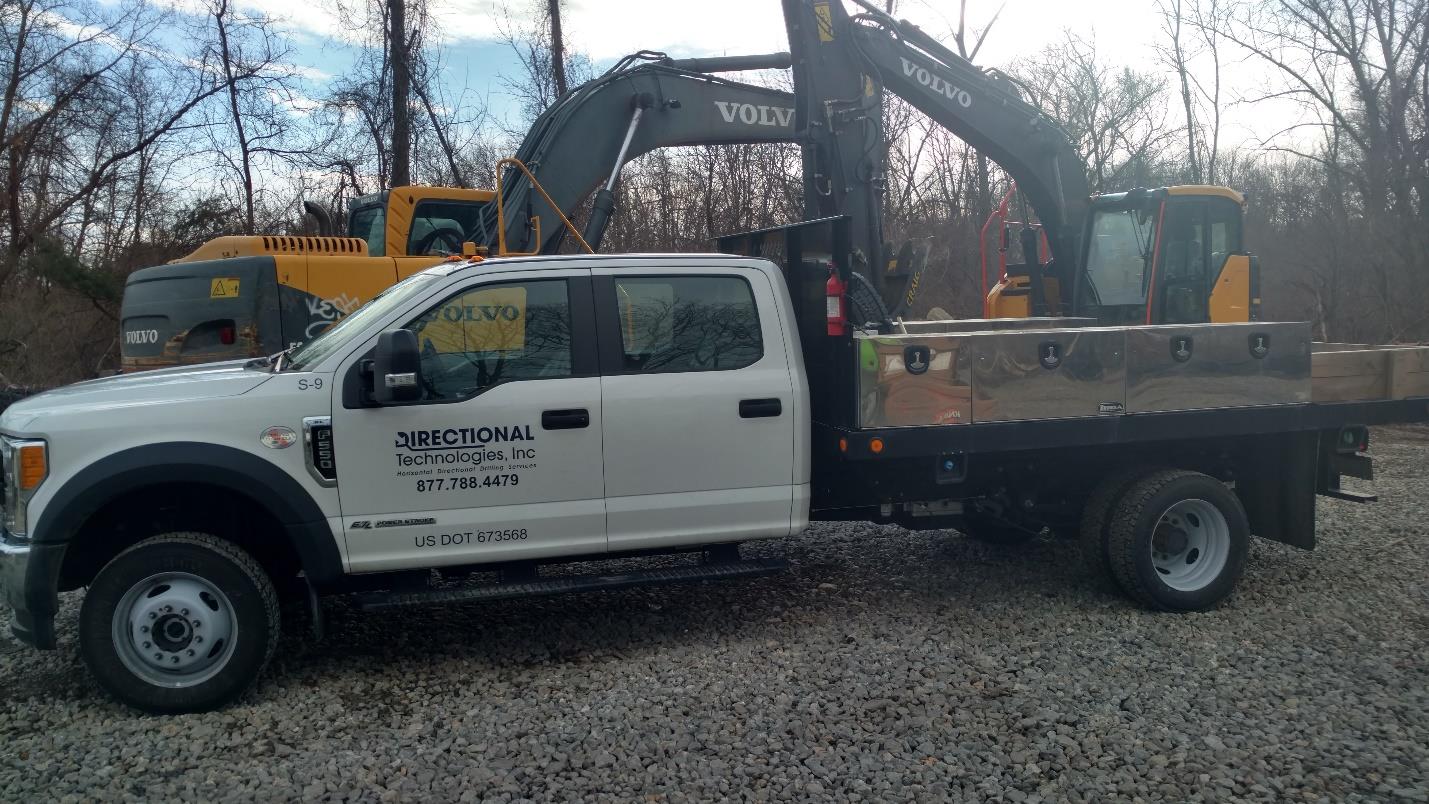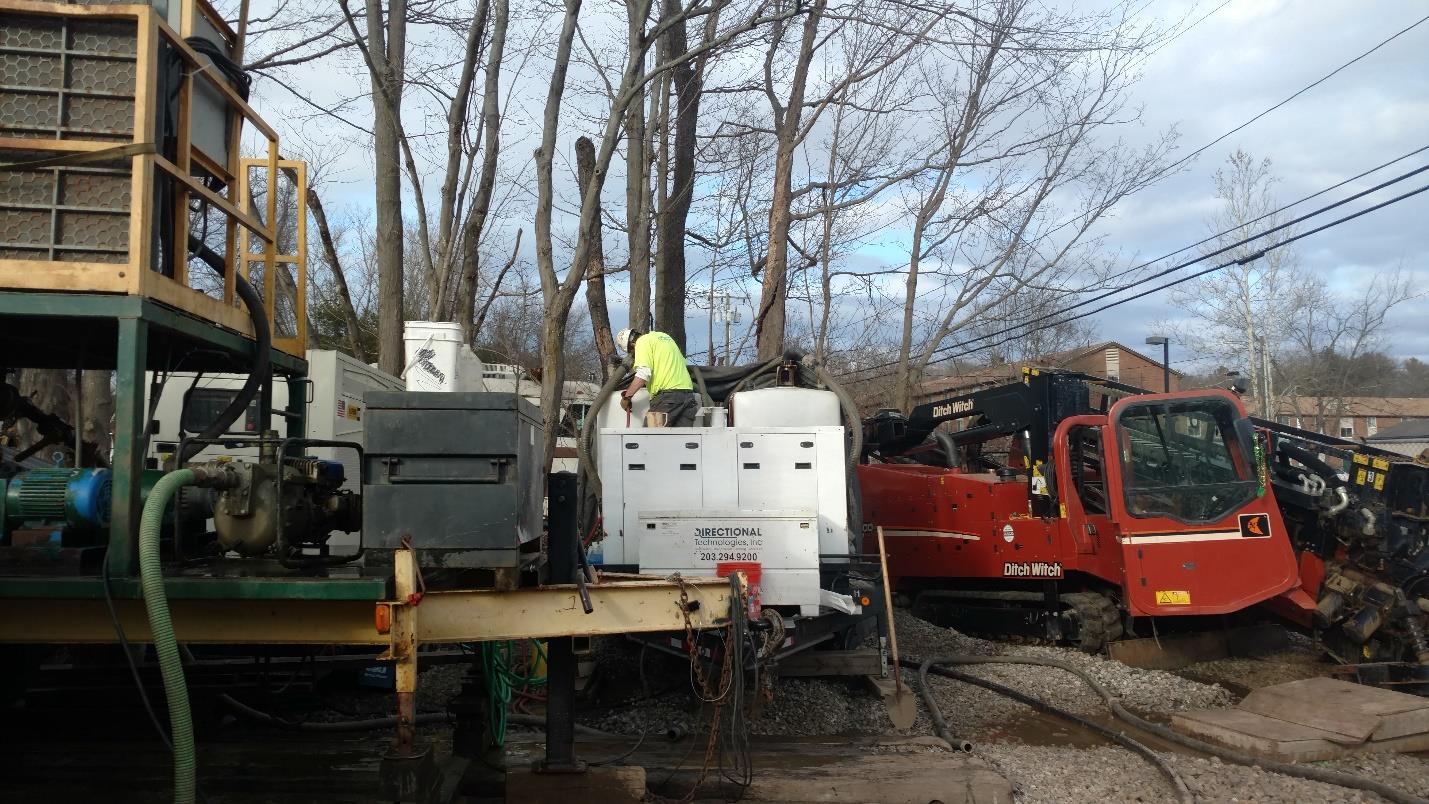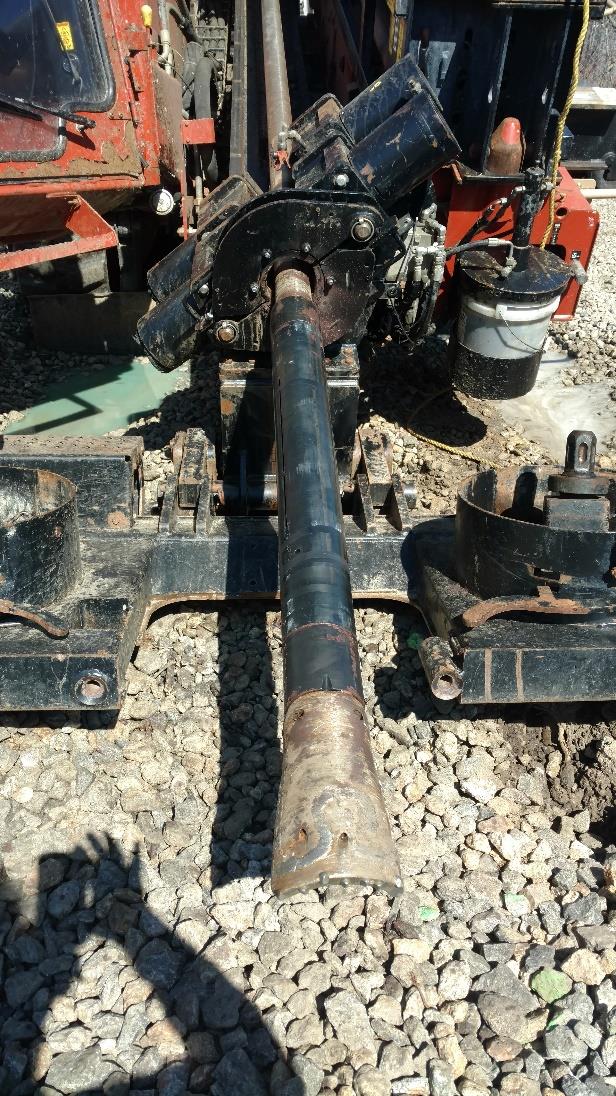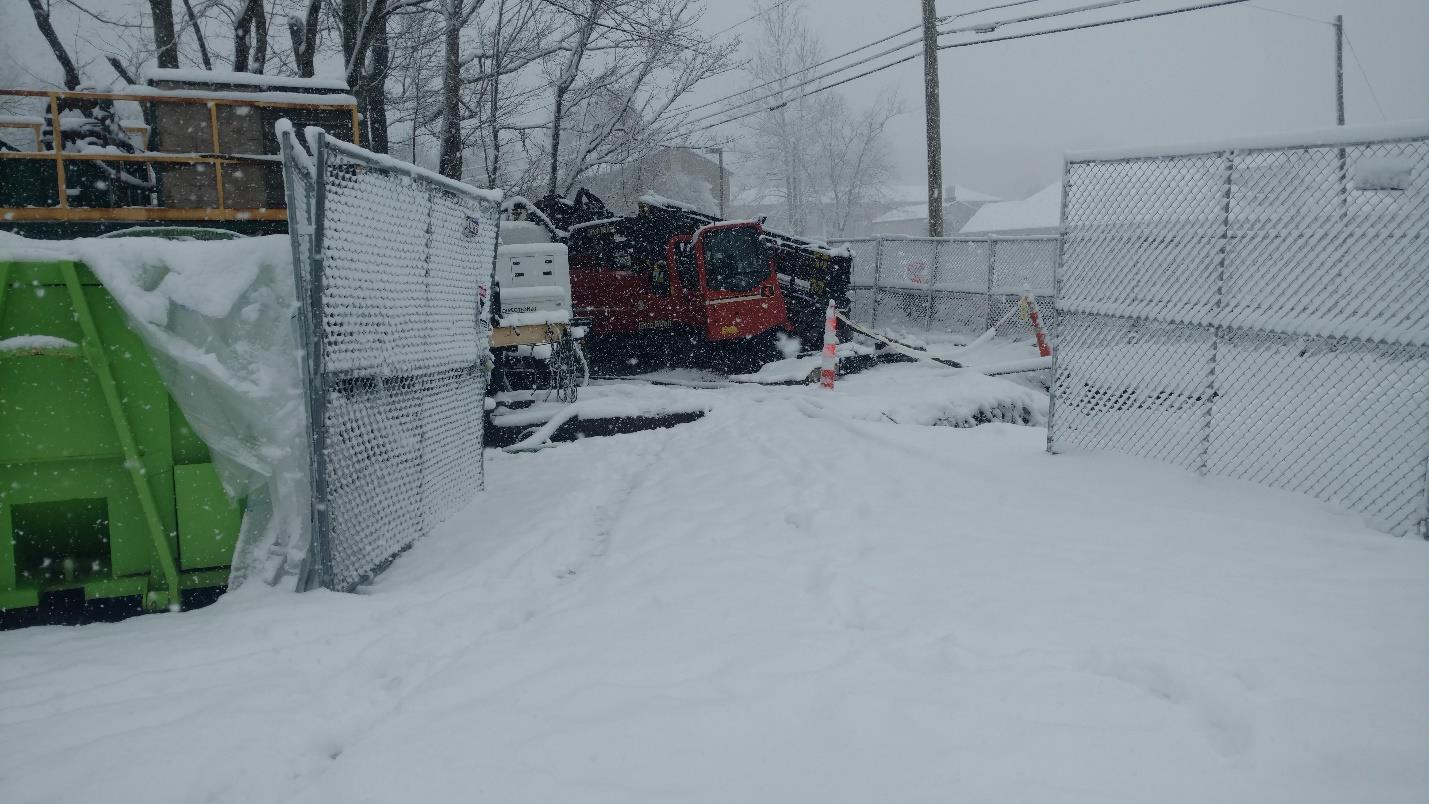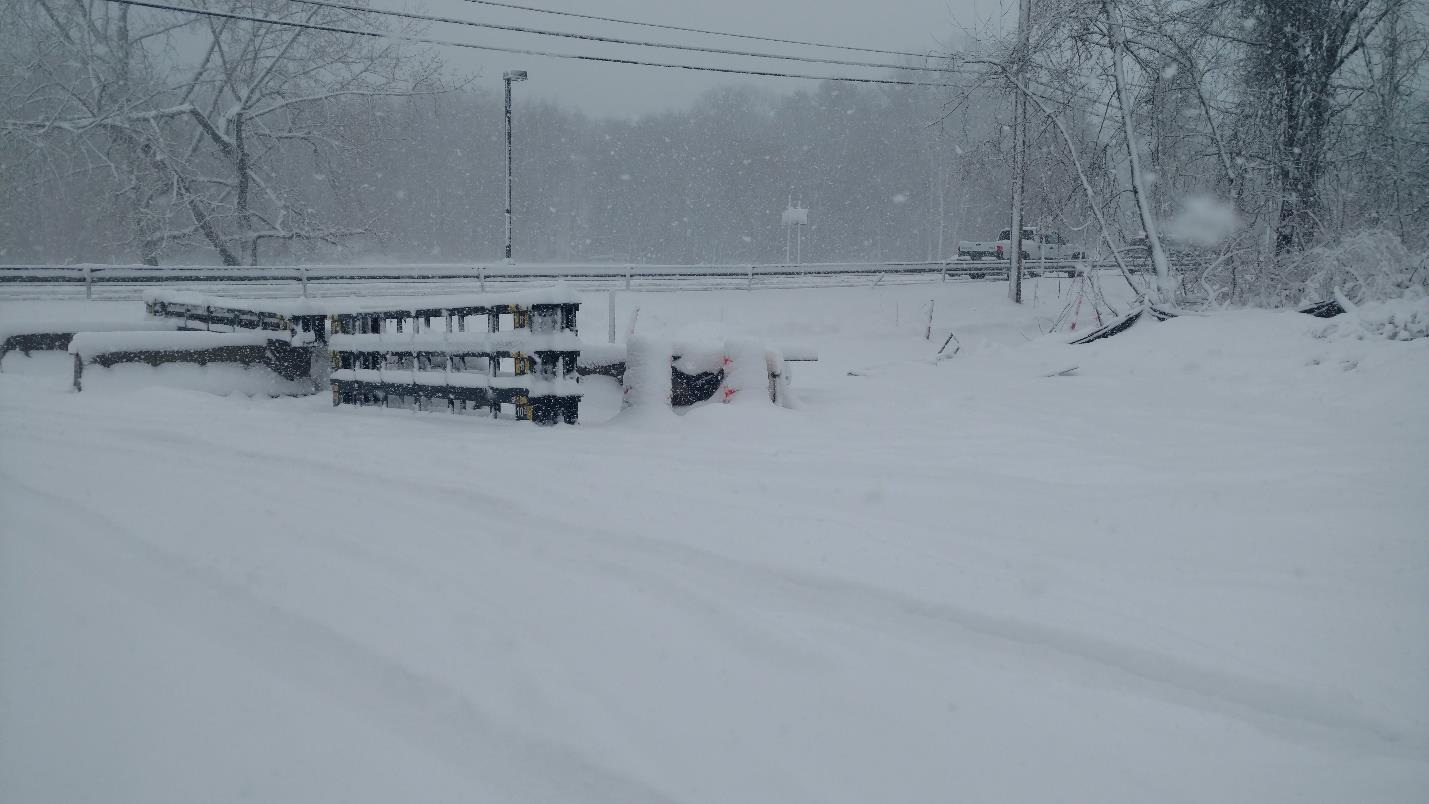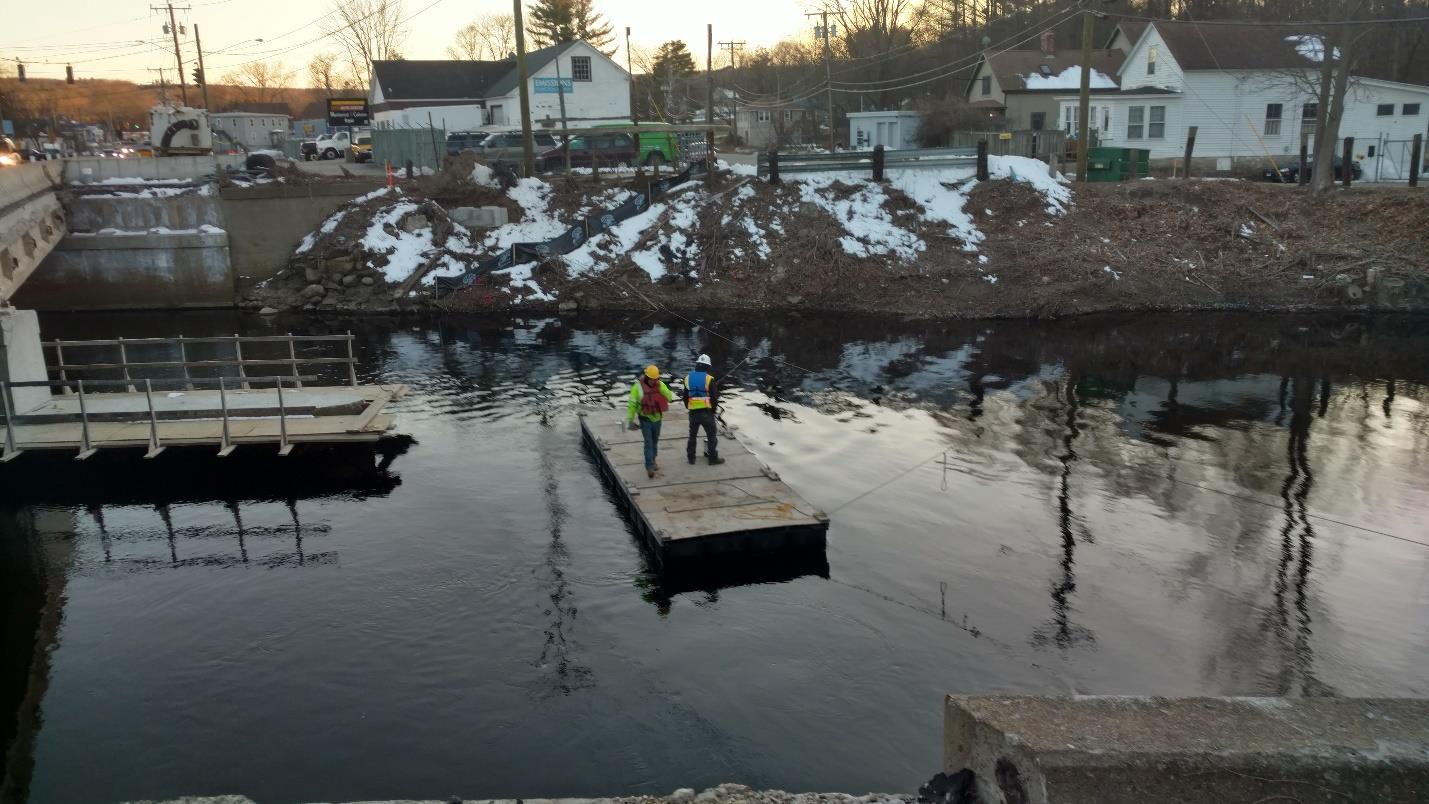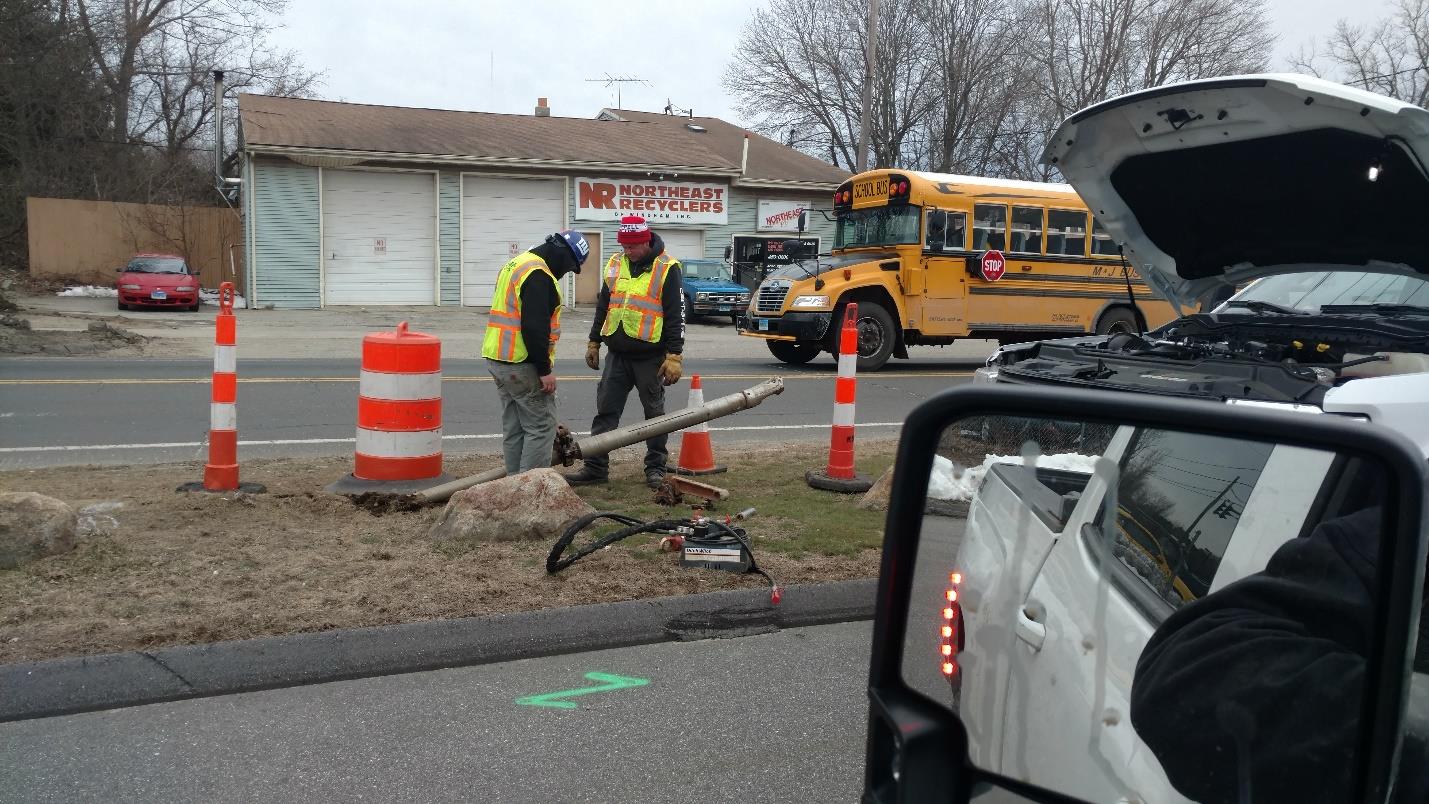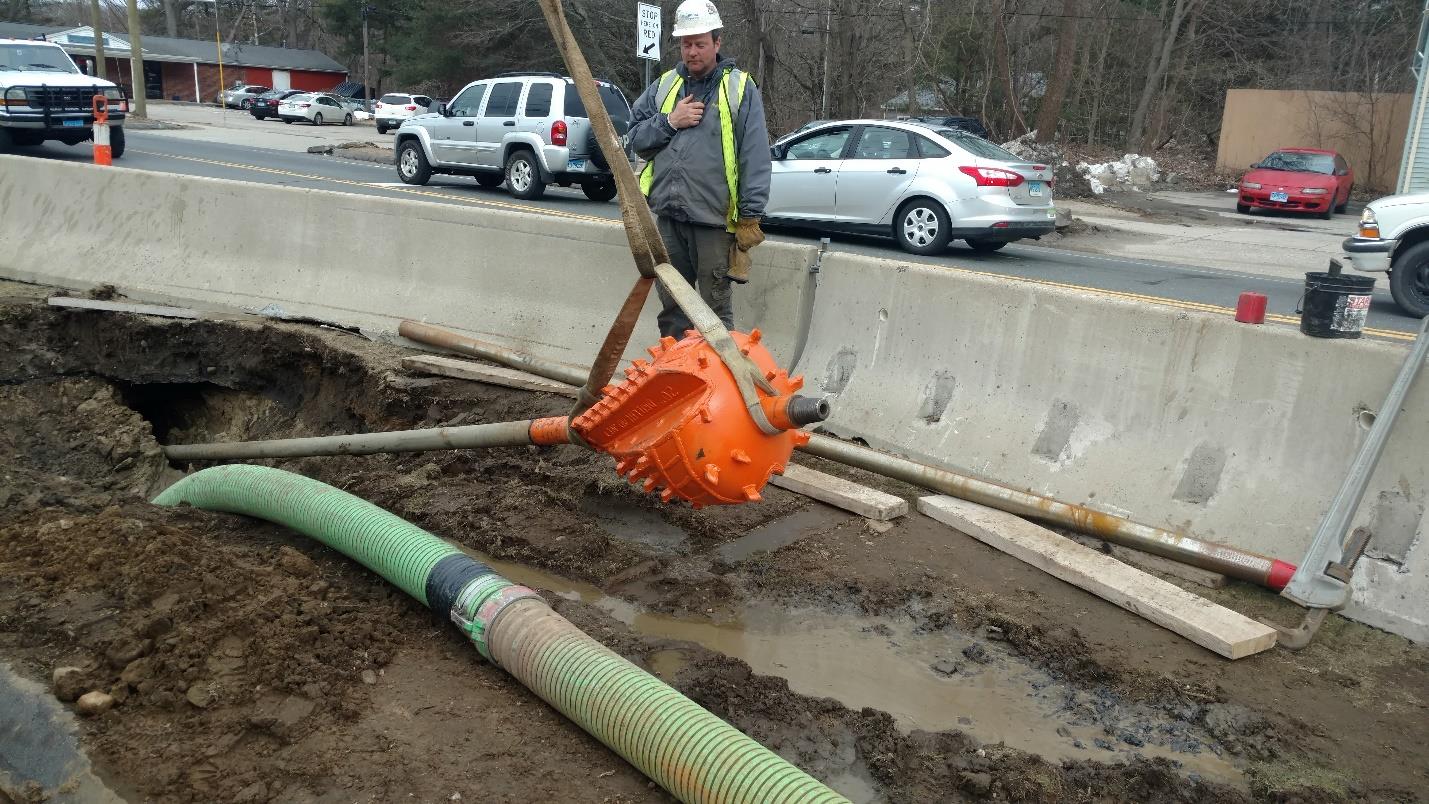Project Narrative
Prior to our involvement with the project, a contractor installing gravity sanitary sewer lines was faced with an unexpected challenge. The engineers in charge of designing the new sewer lines and connecting them with the existing sewer network determined that the existing slopes and grades would not allow the new sewer lines to function with the siphon that was necessary to make the sewer operational. If the contractor could not find a solution to their problem, they would need to redesign the entire project and include pump stations which would dramatically raise the overall cost of the project to their client.
With the help of Directional Technologies, a new plan was formed to modify the location of the project and directionally drill a portion of the sewer lines underneath the Natchaug River. Doing so would allow the sewer siphon to function as intended and allow the gravity sewer to be viable despite the unfavorable slopes and grades in the area. After Directional Technologies formulated the plan to go beneath the river, the next challenge was to find a way to mitigate the costs of performing the necessary directional drilling activities. Multiple scenarios proposed by Directional Technologies were discussed with the engineers and a value analysis was performed to determine the most appropriate design. The proprietary techniques developed by Directional Technologies to pull multiple conduits through the same bore hole at once allowed for a shortened schedule and reduced costs.
One of the most immediate challenges facing the project was the operation of “walk‐over” locating equipment for the portions of the bore path that were directionally drilled beneath the river. The “walkover” locating equipment is required to be positioned on the surface directly above the drill bit as it bores underground so that the depth and path of the bore hole can be precisely tracked. The swift current of the river would have made it difficult for a boat to maintain its position and successfully operate the locating equipment. To solve the problem, Directional Technologies designed a grid system of overhead ropes that were hung across the river so that locating personnel and their locating equipment could mount a floating platform and position themselves exactly where they needed to be.
Due to the time‐sensitive nature of the project, our work was performed in the winter. Inclement weather was a major concern, with dropping temperatures causing pumps to freeze, drilling fluids to break down, and equipment to be buried under snow. In order to mitigate these issues, Directional Technologies implemented severe weather protocol to minimize delays and extra costs. Drilling mud formulations were modified to account for the existing conditions, drilling fluids were emptied from pumps and hoses at the end of each day, antifreeze was added to the pumps, heating equipment was kept onsite to thaw frozen pumps and equipment, drilling mud had to be reprocessed each morning, additional safety protocol needed to be observed, and equipment needed to be dug out following two large snowstorms. Despite these challenges the project was able to be completed with minimal additional delays and without ever stopping work on the project.
Despite the complexities of the project, Directional Technologies completed the work on schedule. With the assistance of Directional Technologies, the contractor was able to overcome the design challenges and complete their sanitary sewer installation without having to completely change their designs and add costly pump stations. At every step in the process, Directional Technologies took an active role in proposing solutions to the client’s problems and managing the difficult nature of field conditions.
Riley & Associates, Nick Strader, and the CT DOT
